Basile Ghosn, « A Place in The Sun », Marseille
« A Place in The Sun »
a solo show by Basile Ghosn
Entrepôt Gérald Moreau
38 rue Flégier
13001 Marseille, France
« I used to think that the day would never come. That my life would depend on the morning sun… » [1]
Skilynx
Model of sunglass lenses which significantly augment contrasts, while assuring 100% UV protection. The perception of depth becomes optimal, and, thanks to gradient lenses that eliminate all dazzling effects, multilayers become more distinct.
Perhaps one must be equipped with these lenses to comprehend the vision of Basile Ghosn, whose works summon a multiplicity of corpora ranging from the architectural iconography of the 1960s-1980s to underground culture. Through a work of manual composition and graphic construction, he recasts his personal archives and his own urban memories. He fragments his reality by taking daily photographs of pieces of landscape and then, as in a game, he uses sheets of standard-format paper and a photocopier – tools inherited from fanzine culture – to reframe and superimpose his photographs with images from the architecture magazines he collects. Neither painting, nor sculpture, but both at once, this ensemble of works recall Robert Rauschenberg’s collage series ‘Combines’, where ‘the image doesn’t rely on the transformation of an object, but rather upon its transfer.’[2] Like a painter, Ghosn first composes the background and then gradually adds visuals, which he isolates and enlarges. His image base is drawn from the edifices of Le Corbusier or Mies Van der Rohe but also, and especially, by anonymous mass modernist buildings, like the seaside resorts of the Lebanese coast, or the Holiday Inn of Beirut, destroyed in the war in 1975. These buildings are recognizable within a certain aesthetic, but they haven’t achieved the status of masterpiece, nor any sort of classification. Recalling an itinerant past, anchored in the collective memory, they allow the artist to appropriate them more readily and use them as a material. Through hijacked procedures of serial fabrication like scanning, screen-printing, or even engraving or printing, he delivers us image-illusions. He attempts to reestablish a new social order and aesthetic by letting us perceive utopic terrains, as a ‘Country where everything is permitted.’[3]
The places where Ghosn wants to bring us are like ‘sites of semantic reconfiguration’ [4]: new arrangements articulated by minimalist forms in which the organization is achieved through fragmentation. Impregnated with a sensitive memory, the atemporal spaces that the artist conceives are worn and streaked by different filters. Filters which we find in his work: in the use of tinted windows or plexiglas recovered from construction sites, interposed between our regard and the image. The found materials thus define the shape of one’s final impressions.
The work, always in A3 paper format – the maximum capacity of a basic photocopier – sees itself distorted according to the properties and the shape of the material that becomes its support, frame, or reading aids. The textures and the faded colors are surely due to Ghosn’s vision, troubled by the smoked, scratched sunglass lenses he wears day and night. These damaged or cracked screens are like contact lenses, transparent dividers that come to unveil an unknown, hybrid territory. A bi-focal lens, illustrated like another world that he invents for himself and in which we too can project our own references. On his phantom terrains, we can find a range of forms that recall the pavilion series of Dan Graham, or the architectural lines used by Oscar Niemeyer in the construction of his sites – notably the futurist complex in Tripoli in Lebanon, a site of key research for Basile Ghosn. The construction works having never been completed, it was henceforth left to abandon. This site bears witness nonetheless to the golden age of the history of Lebanon and of modernist architecture, composed of, among other things, cement domes, ramps, or arcades. We can easily identify such forms in Ghosn’s compositions, such ‘weapons of minimal sculpture, being nothing more than the allegory of a modernism soon totally dislocated.’[5] The surfaces are opaque, the lines are saturated and altered, the forms thickened by the piling and accumulation of technical strata and successive manual layers. In the same manner that Warhol realized his series ‘Shadows’ more than forty years ago using reproductions of images photographed in his studio and the trails of brooms soaked in ink, Basile Ghosn plays with repetitive motifs that explode the space. In his all-over murals, the number of images and forms is determined by the dimensions of the space where the wallpaper is stuck. A loop that repeats endlessly like a stencil that would come to tattoo the space with an ephemeral imprint. The original file distorts itself with his gestures and the reproducibility becomes infinite. The factor of error in the manual work renders them unique. The program of production establishes itself when the printing and color errors appear. The traumas thus become revelatory and creative.
« My spaces are fragile: time is going to wear them away, to destroy them. Nothing will any longer resemble what was, my memories will betray me, oblivion will infiltrate my memory, I shall look at a few old yellowing photographs with broken edges without recognising them… » [6]
« It’s getting faster, moving faster now, it’s getting out of hand,
On the tenth floor, down the back stairs, it’s a no man’s land,
Lights are flashing, cars are crashing, getting frequent now,
I’ve got the spirit, lose the feeling, let it out somehow. » [7]
– Eloi Boucher
[1] New Order, ‘True Faith’, 1987
[2] Rosalind Krauss, ‘Rauschenberg and the Materialized Image’, 1993
[3] Title of the first major publication of Sophie Podolski, published in 1972, which unites a large selection of drawings and texts, showing the artist’s explorations of personal mythology and her place in the counterculture of the late 1960s and early 1970s.
[4] Term deriving from the Marie Canet essay ‘Juntos en la Sierra – Speech Act, Identité, Globalisation,’ which analyzes the manner in which beings deprived of tools of representation have employed visualization technologies to reproduce challenging statements of social solidarity to allow room for the formation of intersubjective spaces. These spaces disrupt pre-established conceptual arrangements and come to disturb the traditional organizations to write a new vocabulary.
[5] Aude Launay, ‘Tom Burr, peeping Tom’s’, 02 Magazine
[6] Georges Pérec, Species of Spaces and Other Pieces, 1974
[7] Joy Division, ‘Disorder’, 1979
Basile Ghosn (born in 1991, Paris) lives and works between Marseille and Beirut. He holds a DNSEP degree from the Villa Arson, where his researches were principally conducted on printed images. In 2018, he was named Lauréat of the Tourre Sanchis Architecture Young Design Fellowship, awarded during Drawingroom18, a contemporary drawing exhibition organized at Montpellier contemporary arts center La Panacée. The same year, he was also a finalist for the Startpoint Prize, awarded for excellence in young graduates of European art schools. His work has been shown at La Panacée (Montpellier), at La Friche Belle de Mai (Marseilles), at La Cité Radieuse – Le Corbusier (Marseilles), and at the Villa Arson (Nice). Basile Ghosn was selected by the collective Furiosa to exhibit at Art-O-Rama’s showroom in September 2019. He is a cofounder of Belsunce Projects, a curatorial initiative based in Marseille.
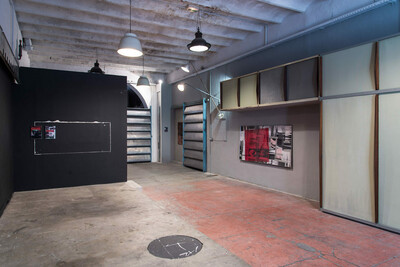
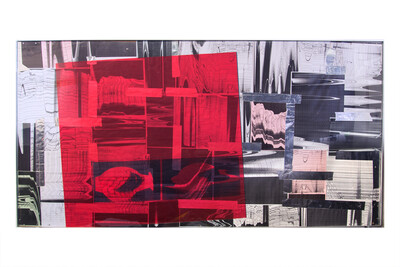
Basile Ghosn, World of echo, 2019, Xeroxed copies, aluminum tape, plexiglas and artist’s frame (steel), 100 × 200 cm, unique
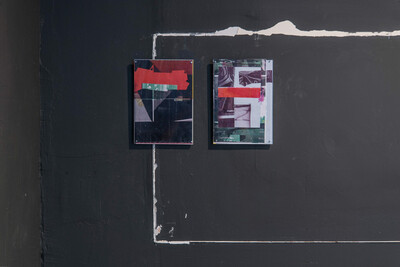
Basile Ghosn, Your silent face (1&2), 2019, Xeroxed copies, tape, graphite, dye, steel and found plexiglas, 21 × 29.7 cm (each), unique
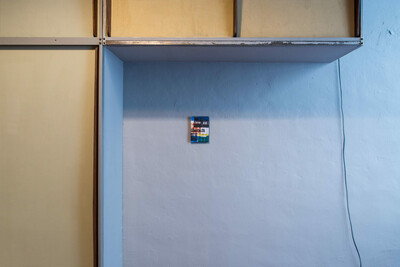
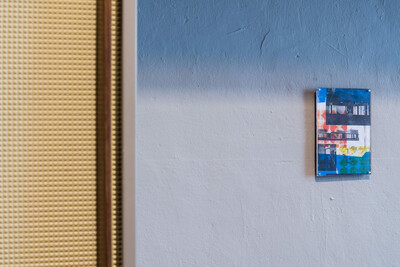
Basile Ghosn, Untitled (2), « A place in the sun » series, 2019, Xeroxed copies, tape, graphite, dye, pencils, steel and found plexiglas, 21 × 14.8 cm, unique
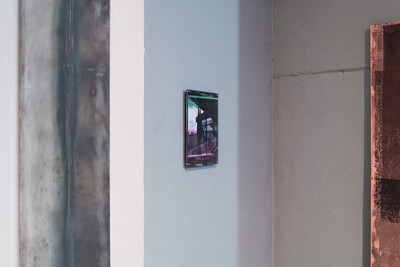
Basile Ghosn, Untitled (9), « A place in the sun » series, 2019, Xeroxed copies, tape, graphite, dye, pencils, steel and found plexiglas, carbon paper, 21 × 14.8 cm, unique
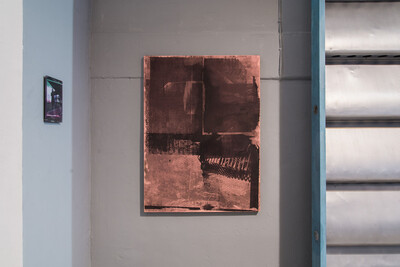
Basile Ghosn, Untitled (9), « A place in the sun » series, 2019, Xeroxed copies, tape, graphite, dye, pencils, steel and found plexiglas, carbon paper, 21 × 14.8 cm, unique & Untitled (pink moon rising), 2019, silkscreened toner and acrylic on wooden panel, 75 × 95 cm, unique
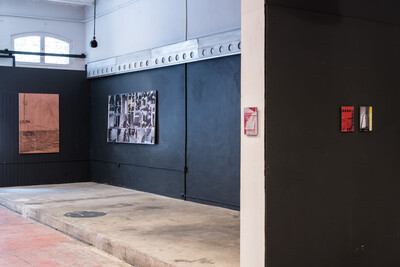
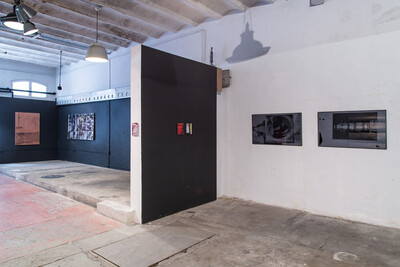
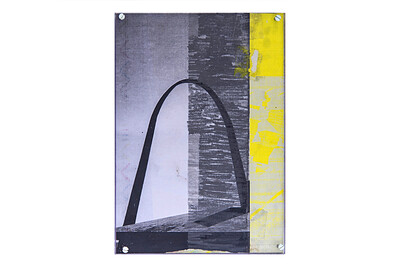
Basile Ghosn, Untitled (tripoli), « A place in the sun » series, 2019, Xeroxed copies, tape, graphite, dye, pencils, steel and found plexiglas, 21 × 14.8 cm, unique
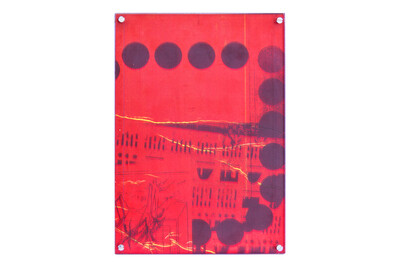
Basile Ghosn, Untitled (3), « A place in the sun » series, 2019, Xeroxed copies, tape, graphite, dye, pencils, steel and found plexiglas, 21 × 14.8 cm, unique
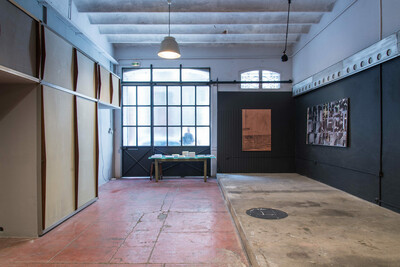
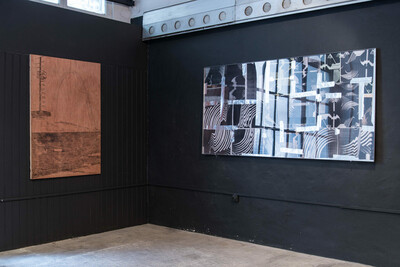
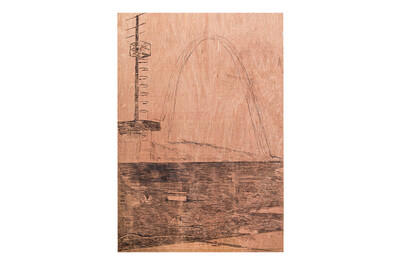
Basile Ghosn, O. Niemeyer, Tripoli (l’arche), 2019, carbon paper print and graphite on tainted wood panel, 90 × 120 cm, unique
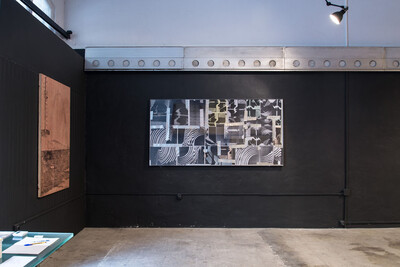
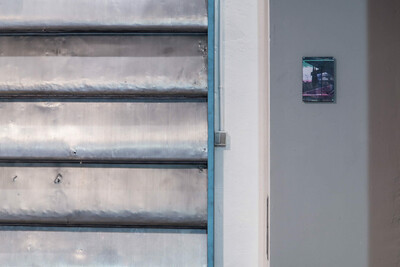
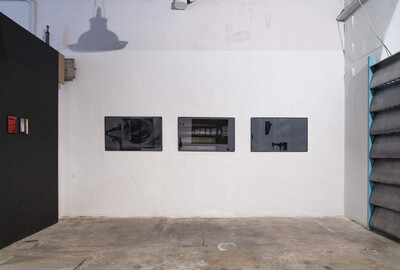
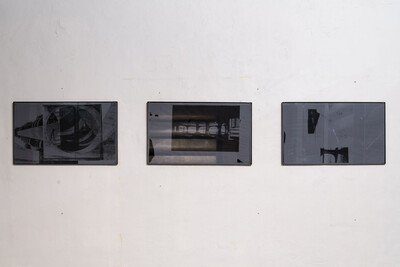
Basile Ghosn, Untitled (torres blancas), Untitled (3) & Untitled (1), « La main gauche de la nuit » series, 2019, printed plan, graphite, found glasses and artist’s frames (steel), 106 × 62 cm (each), unique